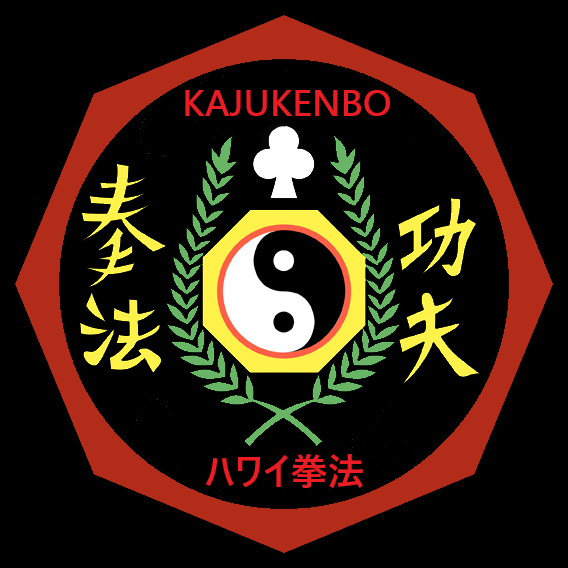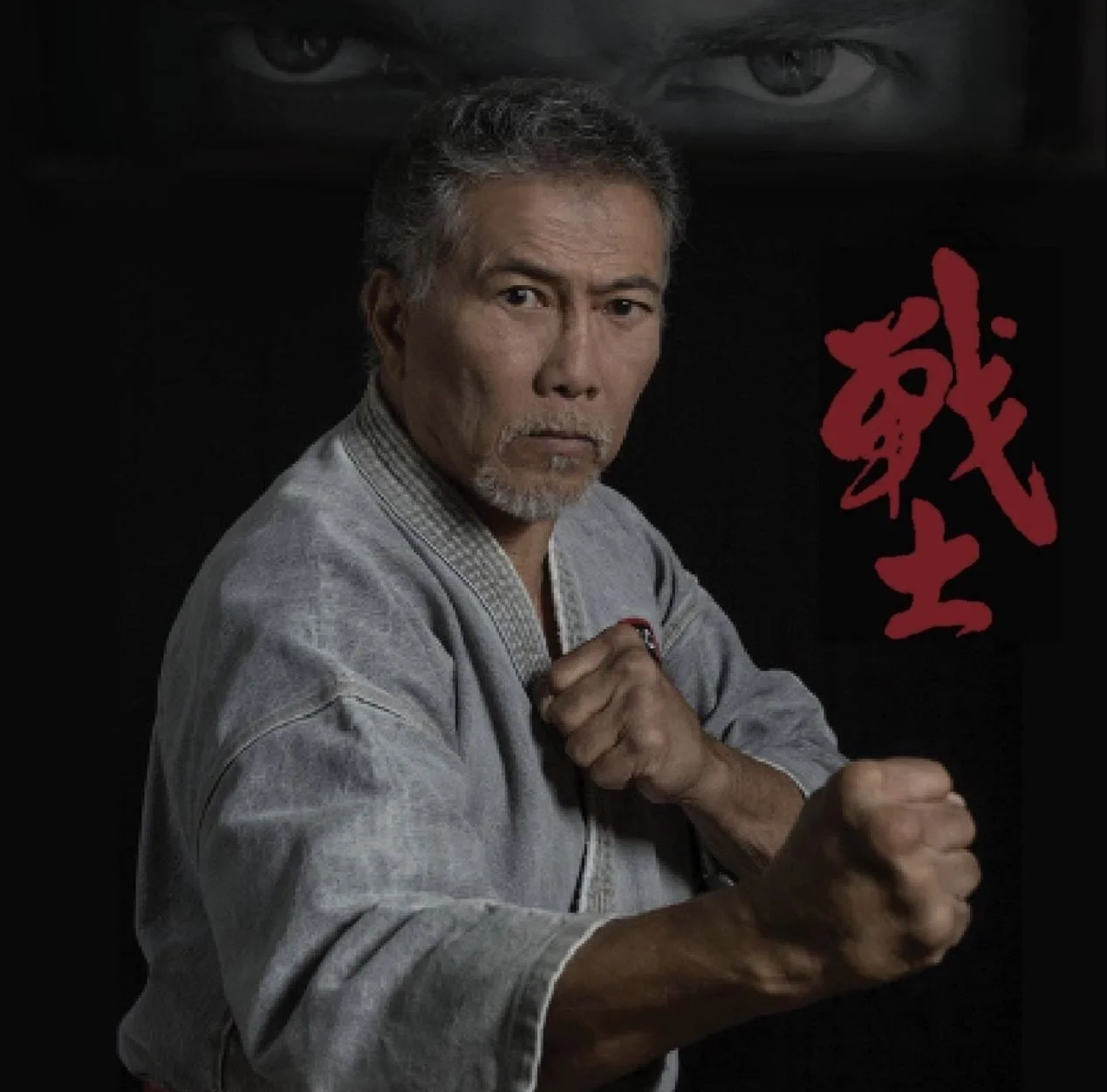Past Interviews
Bad To The Bone
An Interview With Anthony “Ted” Rollins
Anthony”Ted” Rollins
“I’ve been a machinist, a handyman, I worked in construction, did the jack-of-all trades thing, I worked in bowling alleys…you name it. I was a day-trader, played poker, worked as a bouncer in a bar. And I tell ya…it comes in handy when you know martial arts and work as a bouncer in a bar.”
Check the Technique
An Interview With Eric Coleman
Eric Coleman
“Kajukenbo gave me a sense of confidence. It’s weird because when you realize that you can fight or do something to hurt somebody, it becomes the last thing you want to do…One of the things that Ron instilled in us was to not be out there trying to bully people or fight people, but don’t be bullied. Don’t be a victim…If you see somebody you want to avoid, walk across the street. If they walk across the street, then you have permission to beat ’em up.”
Tales From the Wandering Monk
An Interview With Mickey Lopez
Mickey Lopez
“Cause you know you gotta wear the traditional gi and I was like ‘Who’s this guy wearing shorts and a T-shirt? And what’s Kajukenbo?’ Anyway, the minute Ron and I faced off, the first thing he did was he hit me…I went down, and he looked down, and he goes ‘Welcome to Kajukenbo!’
And I said ‘Well, where's your school at and where do I sign?’ ”
Growing Up In Escondido
An Interview With Angelo Ferrer
"It’s really difficult to market the idea of a mixed martial art to Japanese people, which is what Kajukenbo is. People (in Japan) don’t even know what Jiu-jutsu is. People know what ‘Judo’ is, but our style of grappling is so different from Judo, and when we do a basic (traditional) punch combination and we say ‘you get out of the way, you block, kick ‘em in the groin…’ the Judo guys go ‘What?! You kick him where?!’
‘That’s not Judo!’”
Tales From the Pit
An Interview With John Hackleman
“Have you ever seen an eye poke in the cage? Yes. have you seen how effective it is? Yes. Is it legal? No. Is it legal in the street? Yes. And now we know it works.”
“I’m teaching my people to stay alive. I just want them to stay alive. If they get jumped in the street, I want to them to stay alive. I don’t want them to go to prison, but I’d rather they go to prison than the morgue.”
Questions For the Wandering Samurai
An interview with James Juarez, Kajukenbo Black Belt, 10th Degree
“Sifu Melchor out of New Mexico proved that he could take a fighter and put him in non-contact, full-contact, kickboxing, and cage fighting. He’s gone the route. Other schools have done that as well. Sifu Tommy, Tom Theofanopoulos, has done a remarkable job with Jiu-jutsu and cage fighting. Ron Esteller has done a remarkable job getting into the schools. I think every kid should learn something of Kajukenbo. I think it’s great all the way around, the way he’s developed kids’ self defense is remarkable. “
“These guys have proven that our training as a whole prepares you for whatever you’re gonna meet. Or for whatever you want to do. If you want to stay in a particular branch of martial art and do good, then you gotta train their way. But the character and method of training in Kajukenbo blends equally with the different styles.”
Fighting Tooth and Nail
An Interview with Tom Theofanopoulos
“In fact, Juarez had given us a paper on the history of the martial arts when I first started, and it went back all the way to the last stand of the 300. It talked about the history and why it was significant in today’s martial arts. It surprised me because my parents would tell me these stories, y’know. I’d hear them through my culture, and here he’s giving out papers talking about the possibility of Alexander the Great spreading the martial arts through India, then from India to China, China to Japan and Okinawa, and then the Hawaiian islands, and then the US. I was thinking ‘could the martial arts have really gone all the way back to the Greeks’?”
Moving In Light, Moving in Dark, Moving in Lua
An interview with Michelle Manu
I’ve found now, after all these years, that students can steer what you teach. They can stop and ask a question, not even about what you’ve just shown, and it lets you know that you actually need to put aside what you thought you were gonna go over, and instead go over what’s being asked. That, you don’t learn from an academic textbook, or notes that you have from class. This comes from your own sequestered training, where you are the library. You don’t need to look anything up, you just know.
In Search of “Who”
An Interview with Walter “Hock” Hochheim
So, we’re talking Dan Inosanto and his top instructors. Thai boxing, the Filipino martial arts, Jeet Kune Do, Wing Chun…all the things that they were doing was just a massive amount of cool investigative stuff. And that went on, probably, I guess, until about 1997. Oh, and then of course I picked up with Ernesto and Remy Presas. And that was a huge chunk of time. I got very close to both brothers. They often stayed at my house, which was a fantastic opportunity for me.
Then about ’97 I really decided to get free of everything, and clear my head, and create exactly what I dreamed of. Y’know, all these decades, I was in the pursuit of the “perfect martial art,” so to speak. Survival fighting with hand, stick, knife and gun in crime and war, standing and on the ground. And after I’d done all of these things, I realized there was no perfect art. No one perfect thing.
And so I decided to embark on this blend…I guess the best word is “combatives.” A word that wasn’t popular in the ’90s, but I picked that word anyway. It became popular later, to a shaky extent.
Please Don’t Let Me Be Misunderstood
An Interview With Ron Esteller
“…Training at the Macarthur Boulevard studio was rough. We had some...we had some rough characters there. There was blood on the floor. There was Juarez kicking everybody's ass. There was a guy named Nate Willborn, better known as the Tasmanian Devil. And then all the Pallen brothers. It was a tough school. It was known to be an army.
In fact Jimmy Lee, Bruce Lee's business partner, used to bring his boys, his Jeet Kun Do boys, over to spar with us because we sparred like them. You know, hard and nasty.
I was young, but I still got in on some of those sparring sessions. I also got to watch them get the crap beat out of them by Juarez and the Pallen brothers. That was quite interesting.”
Here There Be Dragons
An interview with Jeff Macalolooy
“There’s that scene in Enter the Dragon where Bruce Lee is teaching his disciple, and he says, “Don’t concentrate on the finger, or you’ll miss all the heavenly glory.” Everybody knows that scene.”
“I think a lot of people in Kajukenbo are focused on the finger. What I mean is that I hear a lot of people say “I’ll never be as good as my instructor”, “I teach exactly the way my instructor taught it”...I think that’s old. Out of date.”
“I think what’s happened in Kajukenbo is a lot of people say stuff like ‘I’m doing it the original way’, or ‘this is how it was done’, ‘this is the way Sijo did it’.”
“But people forget: Sijo didn’t do what his instructors did.”
Make It Your Own
An Interview with Al Dacascos
“Going back to Okinawa in the old days, when you say “Chu’an Fa”, people knew what it was. So Emperado says “Okay, let’s do that.”
So we did that, and I started to teach the Chu’an Fa version of Kajukenbo. But we had been separated, by a couple of years (laughing). Since Dela Cruz was doing a lot of boxing and Emperado was more of an advisor at that time, you could see the split between the Dacascos version and the Dela Cruz version. The version that became more well known was the Dacascos version, in California. The Tum Pai version of Dela Cruz pretty much stayed in the state of Washington and in Hawaii. Here in Hawaii, Dela Cruz had a school that went really big.
If you take a look at the Chu’an Fa here and now, and the Chu’an Fa taught 35 years ago they don’t look the same. It looks totally different. The Tum Pai that was taught originally in California got all screwed up.













